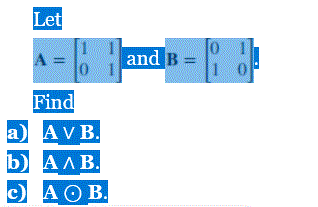Paleozoic tectonic evolution of the eastern Central Asian Orogenic
Por um escritor misterioso
Last updated 11 novembro 2024
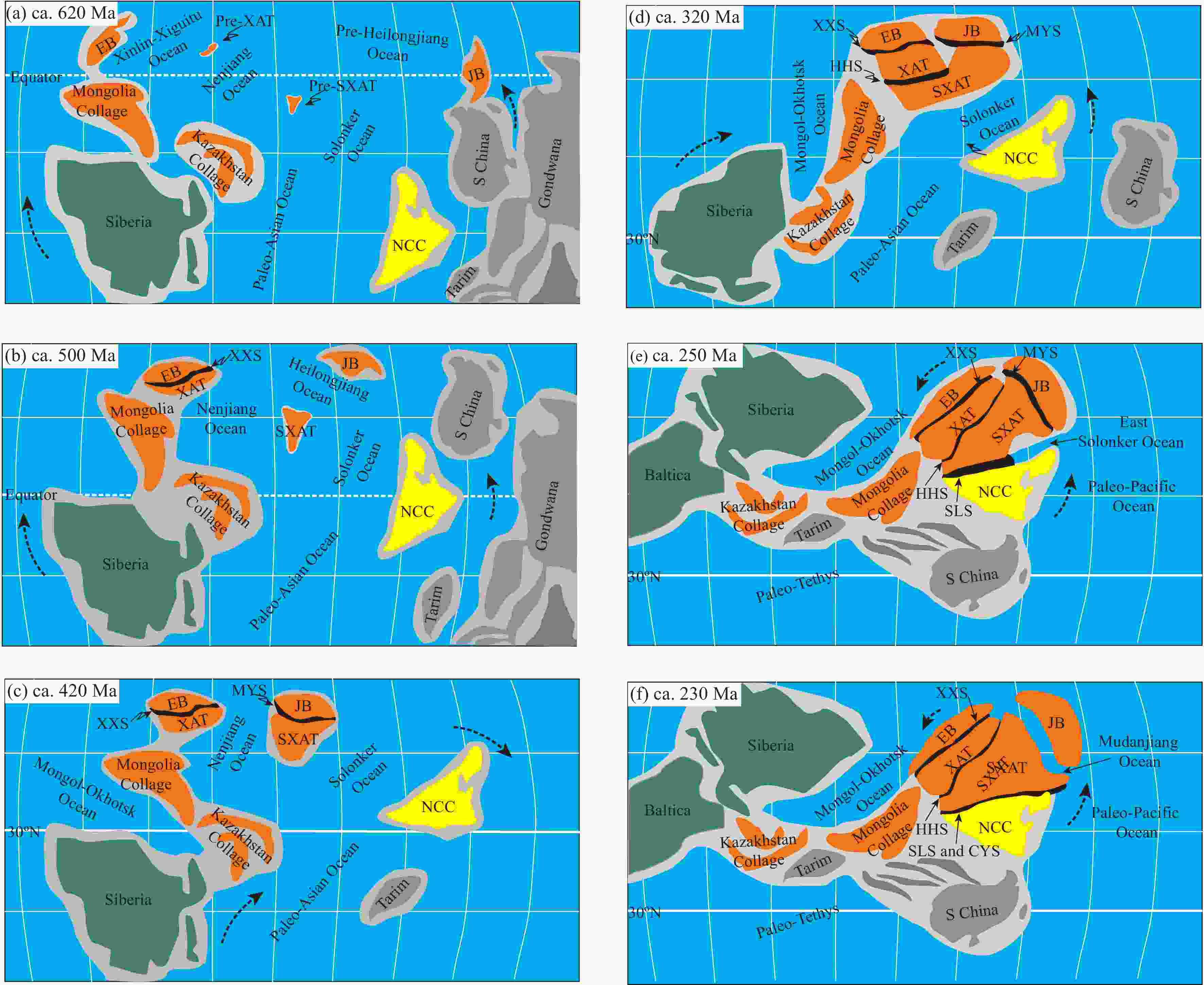
lt;p>The eastern Central Asian Orogenic Belt (CAOB) in NE China is a key area for investigating continental growth. However, the complexity of its Paleozoic geological history has meant that the tectonic development of this belt is not fully understood. NE China is composed of the Erguna and Jiamusi blocks in the northern and eastern parts and the Xing’an and Songliao-Xilinhot accretionary terranes in the central and southern parts. The Erguna and Jiamusi blocks have Precambrian basements with Siberia and Gondwana affinities, respectively. In contrast, the Xing’an and Songliao-Xilinhot accretionary terranes were formed via subduction and collision processes. These blocks and terranes were separated by the Xinlin-Xiguitu, Heilongjiang, Nenjiang, and Solonker oceans from north to south, and these oceans closed during the Cambrian (ca. 500 Ma), Late Silurian (ca. 420 Ma), early Late Carboniferous (ca. 320 Ma), and Late Permian to Middle Triassic (260–240 Ma), respectively, forming the Xinlin-Xiguitu, Mudanjiang-Yilan, Hegenshan-Heihe, Solonker-Linxi, and Changchun-Yanji suture zones. Two oceanic tectonic cycles took place in the eastern Paleo-Asian Ocean (PAO), namely, the Early Paleozoic cycle involving the Xinlin-Xiguitu and Heilongjiang oceans and the late Paleozoic cycle involving the Nenjiang-Solonker oceans. The Paleozoic tectonic pattern of the eastern CAOB generally shows structural features that trend east-west. The timing of accretion and collision events of the eastern CAOB during the Paleozoic youngs progressively from north to south. The branch ocean basins of the eastern PAO closed from west to east in a scissor-like manner. A bi-directional subduction regime dominated during the narrowing and closure process of the eastern PAO, which led to “soft collision” of tectonic units on each side, forming huge accretionary orogenic belts in central Asia.</p>

Full article: Permo–Triassic granitoids of the Xing'an–Mongolia segment of the Central Asian Orogenic Belt, Northeast China: age, composition, and tectonic implications
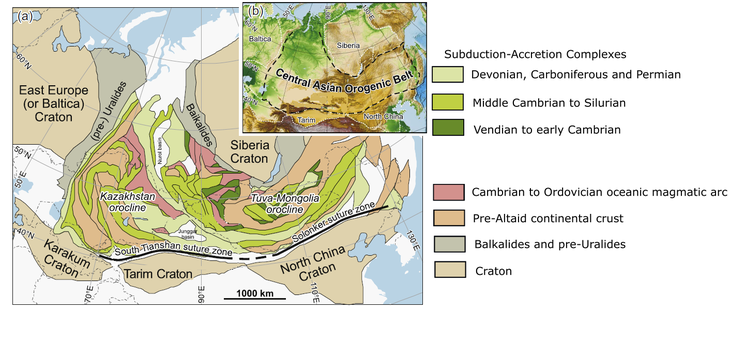
Central Asian Orogenic Belt - Wikipedia

Full article: Reappraising the Early Palaeozoic tectonic framework of the Qinling orogenic belt: evidence from the magmatic records and evolution of interior tectonic units
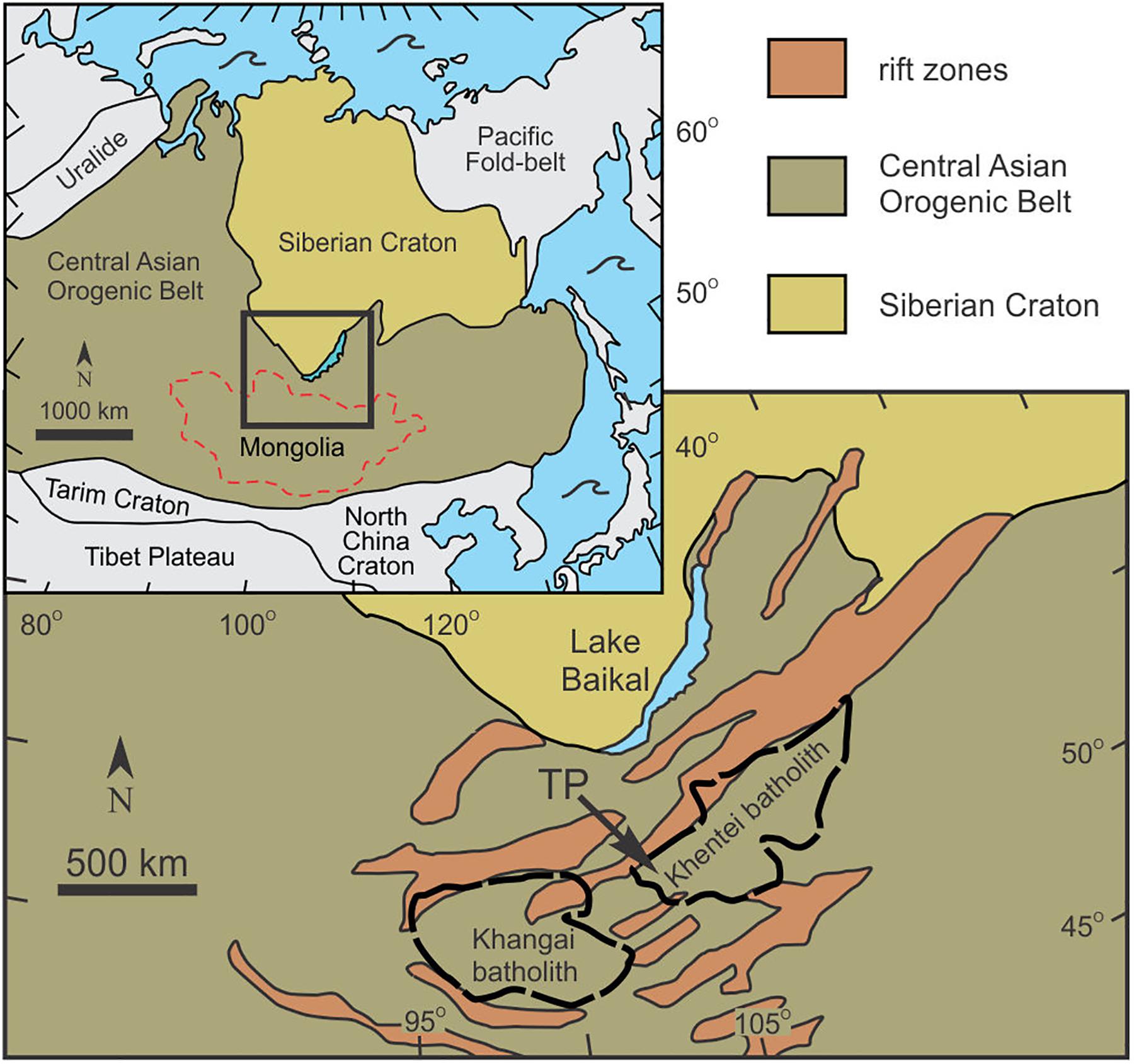
Frontiers Early Jurassic Rare Metal Granitic Pluton of the Central Asian Orogenic Belt in North-Central Mongolia: Tungsten Mineralization, Geochronology, Petrogenesis and Tectonic Implications

The Early Cretaceous tectonic evolution of the southern Great Xing'an Range, northeastern China: new constraints from A2-type granite and monzodiorite
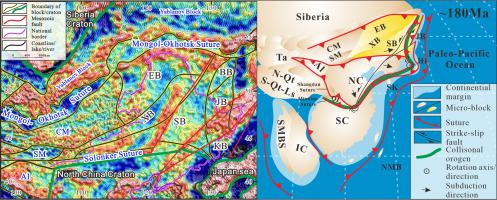
Paleozoic to Mesozoic micro-block tectonics in the eastern Central Asian Orogenic Belt: insights from magnetic and gravity anomalies,Gondwana Research - X-MOL

Paleozoic tectonic evolution of the eastern Central Asian Orogenic Belt in NE China - ScienceDirect
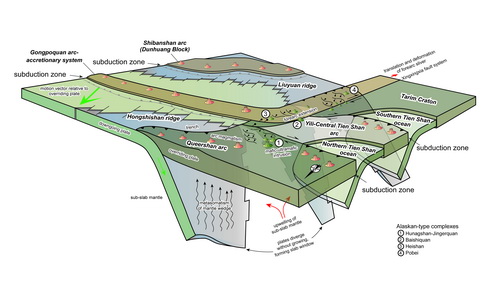
Paleozoic multiple accretionary and collisional processes of the Beishan orogenic collage----INSTITUTE OF GEOLOGY AND GEOPHYSICS, CHINESE ACADEMY OF SCIENCES

Central Asian Orogenic Belt - Wikipedia

Palaeotectonic reconstructions of the Central Asian folded belt in the Silurian Tuvaella and Retziella brachiopod fauna locations
Recomendado para você
você pode gostar








